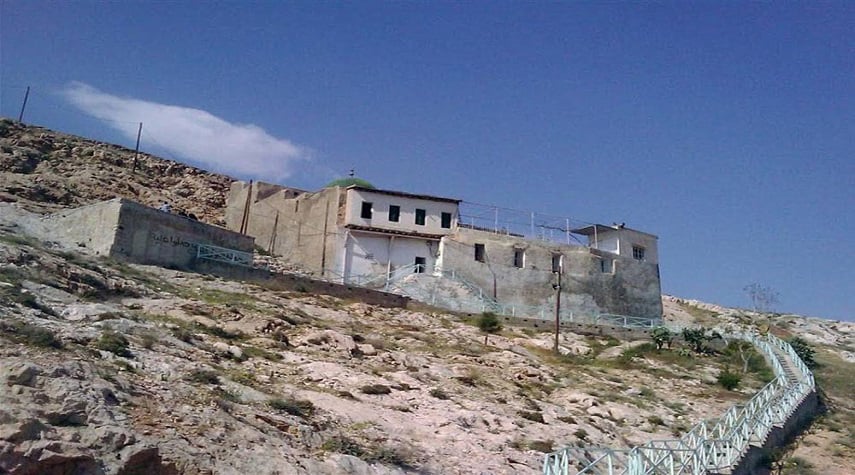What’s the Story Behind the Cave Of Blood And Maqam al-Arba’in?
Maqam al-Arba’in (Shrine of the Forty) is located at the highest peaks of Mount Qasioun and overlooks Damascus. The residents believe that this place witnessed the first crime in history when Cain killed his brother Abel.

The site has 40 mihrabs (prayer niches). It is said that they are for forty saints who managed the site over time, and they are called “the Abdal”.
The distance between the Maqam al-Arba’in and the center of Damascus is about nine hundred meters. However, it takes roughly an hour to reach the Maqam. The path is tiring, with 750 stairs that start from “Sheikh Mohyi al-Din” near Al-Maysat and end at the Maqam.
Cain and Abel’s Story:
As for the name of the “Maghārat al-Dam” or “Cave of Blood”, there are many stories associated with this place. Most of these stories revolve around the tale of Cain and Abel, which says that Cain killed his brother Abel at this location. Cain then carried his brother’s body and walked westward for days. Until he learned from the crow how to bury his brother in the area of Zabadani, where the shrine of the prophet Abel is currently located. Thus, this cave might have witnessed the first murder in history.
Inside the cave, there’s a rock with a reddish tint, they believe it has stain of Abel’s blood. In one corner, there’s an opening called the “Gasp of the Mountain”. It’s believed to be the mountain’s gasp of shock from the crime.
Another story suggests that the mountain was about to collapse on Cain to swallow him, but the angel Gabriel lifted the mountain and prevented it from killing humanity. They cite protruding marks resembling a hand and fingers as evidence. A small crack in the cave’s ceiling drips water into a small basin, and people come to collect the water, considering it sacred. The legend says that the mountain wept for Abel, and its tears still drip to this day.
Regardless of the truth of the stories, the Maqam al-Arba’in is one of the prominent tourist landmarks in Damascus. People visit it for worship and seclusion. The view from the top of the mountain offers a breathtaking panorama of Damascus, resembling a painting.